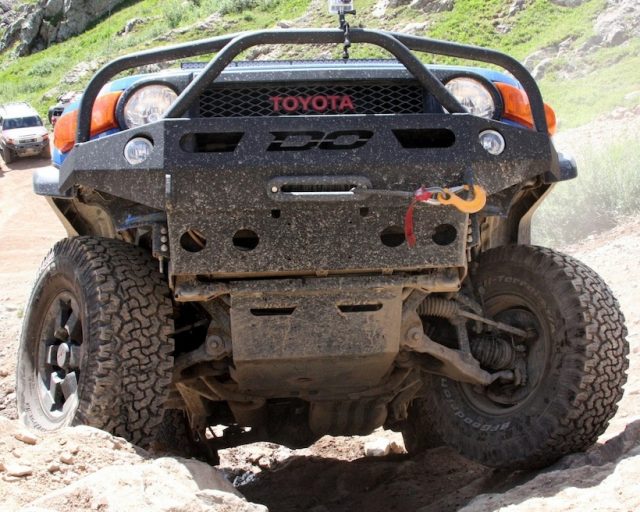
Responsible Wheeling, Responsible Overlanding….it’s the only way to go.
TAP is a proud member of Tread lightly and fully supports it’s philosophy. When we travel, it’s with the “Tread Lightly!” principles in mind. Many of our designated off-road trails are being closed. We can do our part to show others that we respect the trail, nature and do not want to inflict any “harm” on the environment or on ourselves. Here are some tips from TreadLightly on traveling responsibly on designated roads, trails or areas. DON’T STOP HERE. Even if you are a veteran wheeler, take a minute and review these “Tread Lightly!” principles.
-Travel only on areas designated to four-wheel vehicles

-For safety, travel straight up or down hills.
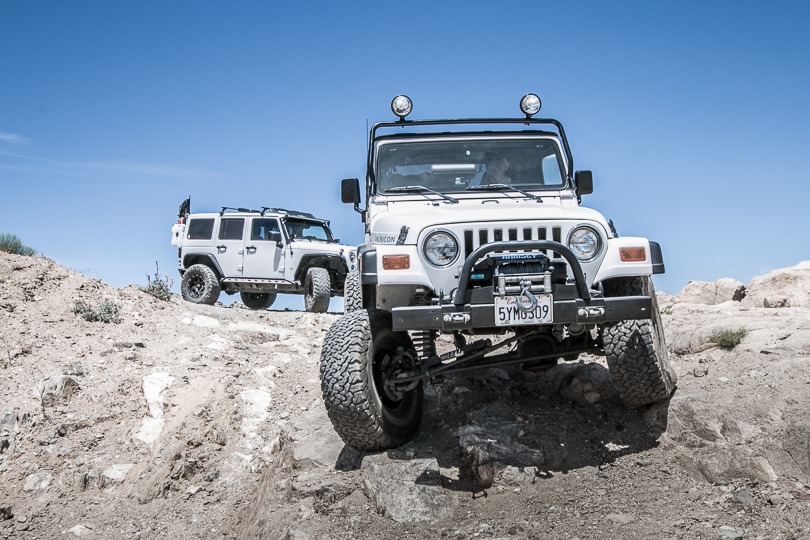
-Know where the differential or the lowest point on your vehicle is. This will help in negotiating terrain and prevent vehicle damage resulting in oil and fluid spills on the trail.
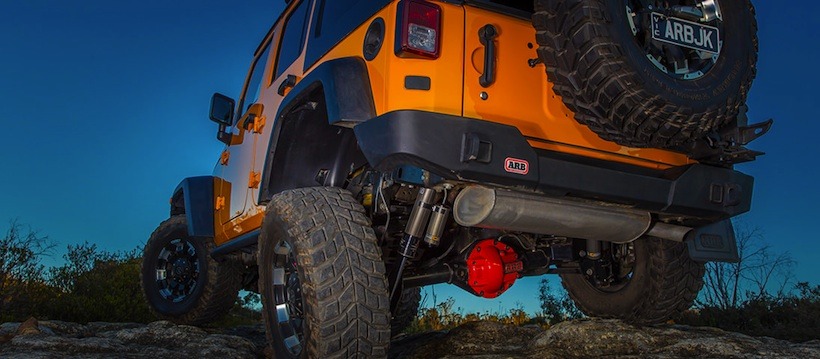
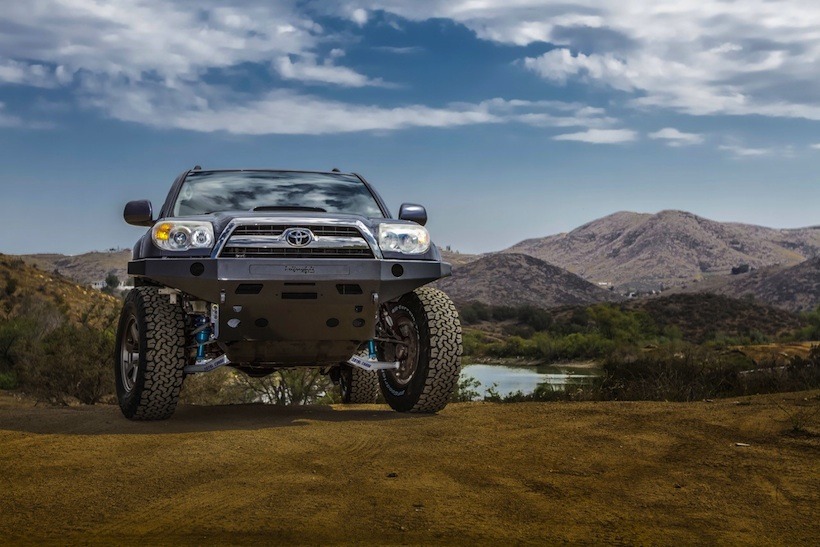
-Straddle ruts, gullies and washouts even if they are wider than your vehicle.
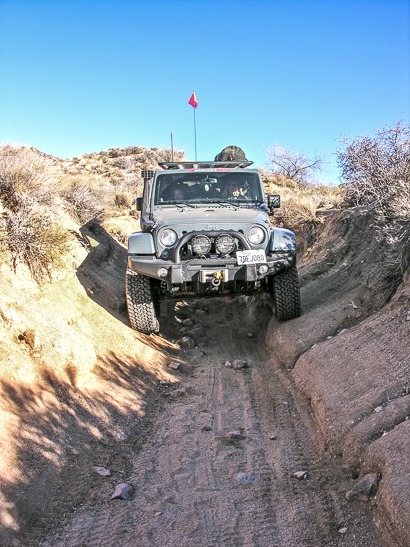
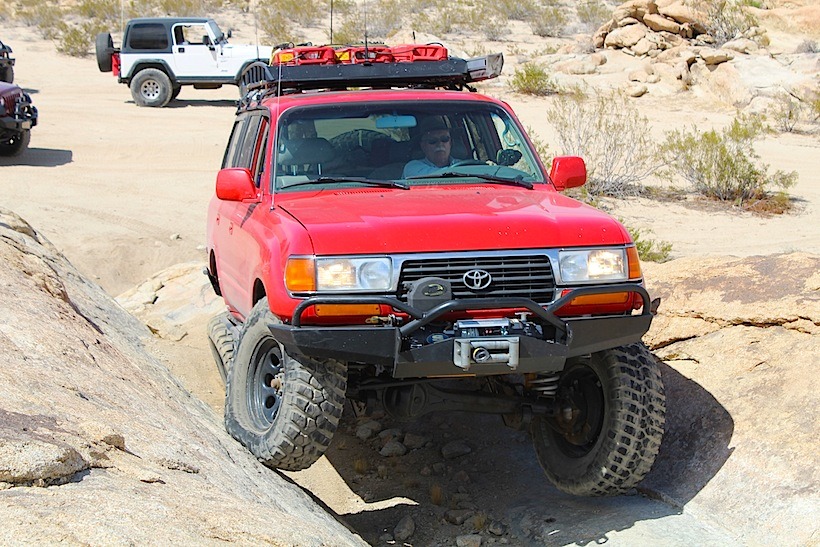
-Drive over not around obstacles to avoid widening the trail.
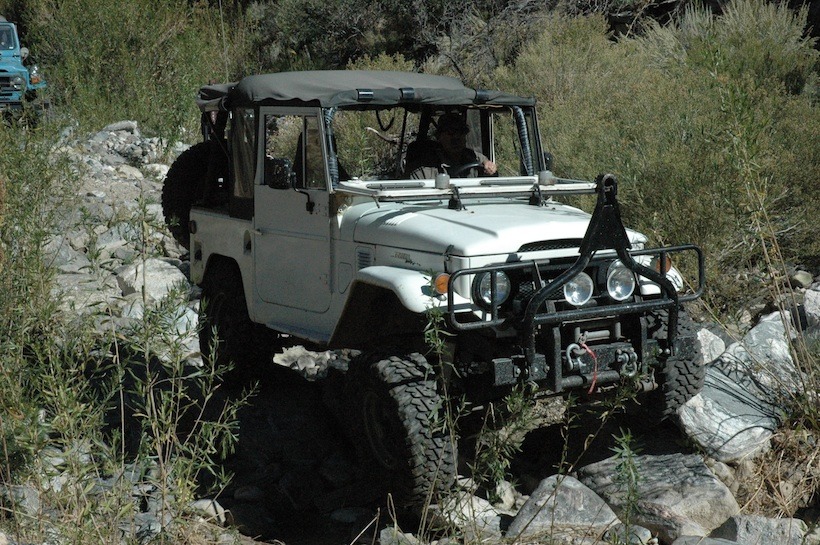
-Cross streams only at designated fording. (TAP added: avoid splashing whenever possible)
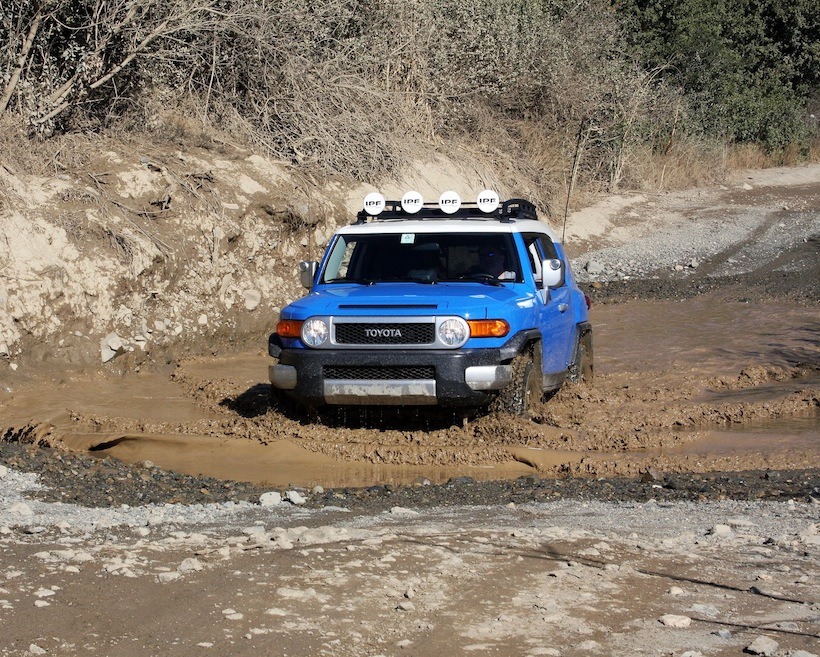
-When possible avoid mud. In soft terrain go easy on the gas to avoid wheel spin, which can cause rutting.
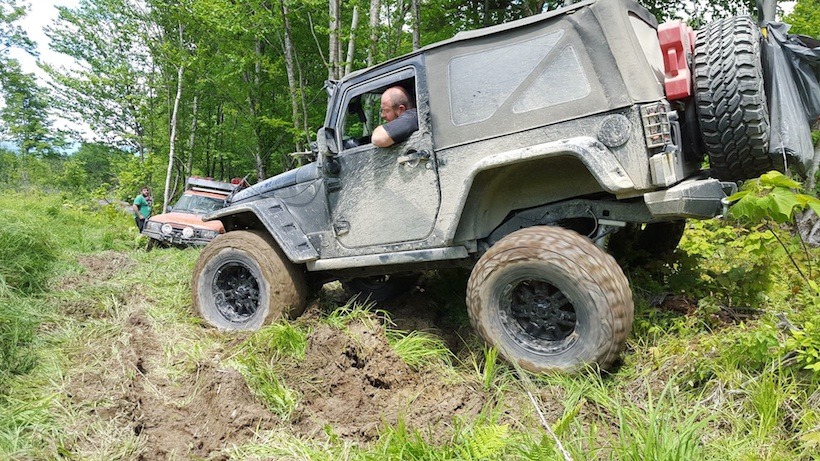
-Stop frequently and reconnoiter (recon or scout) ahead on foot.
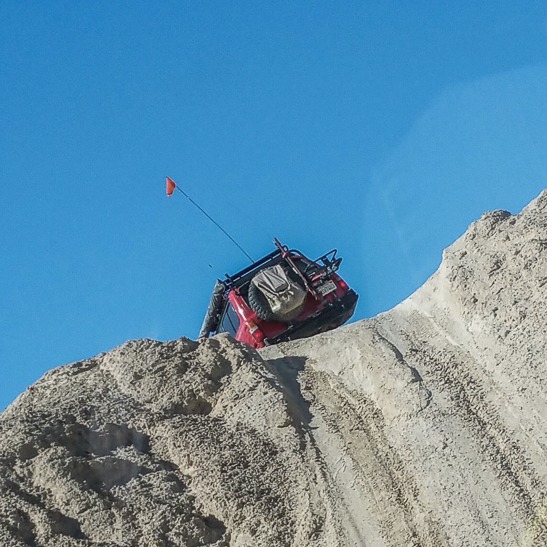
-Don’t turn around on narrow roads, steep terrain, or unstable ground. Backup until you find a safe place to turn around.
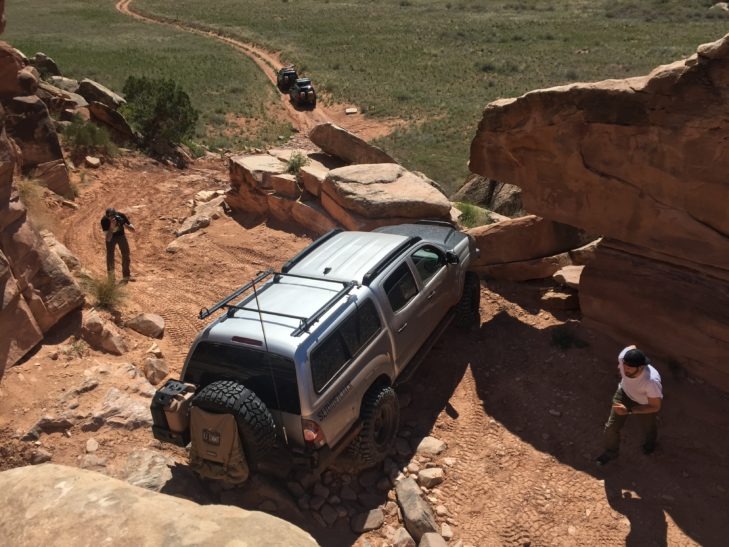
-Maintain a reasonable distance between vehicles.
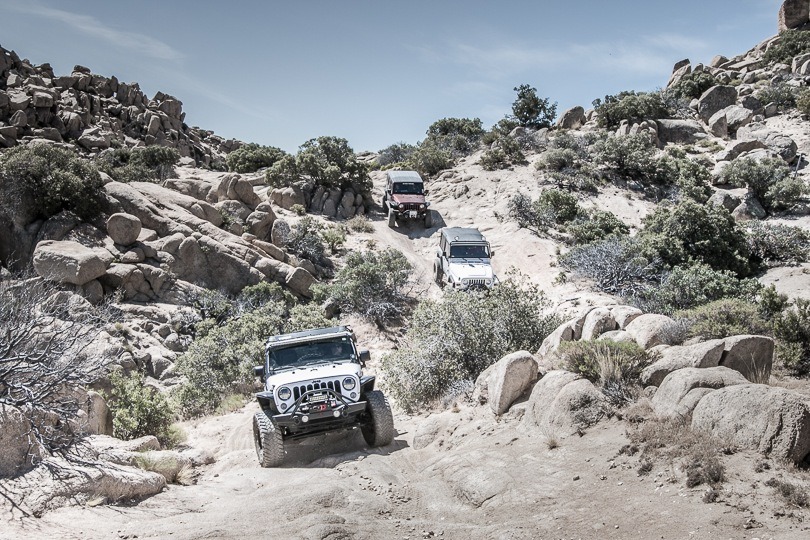
-To help with traction, balance your load and lower tire pressure to where you see a bulge.
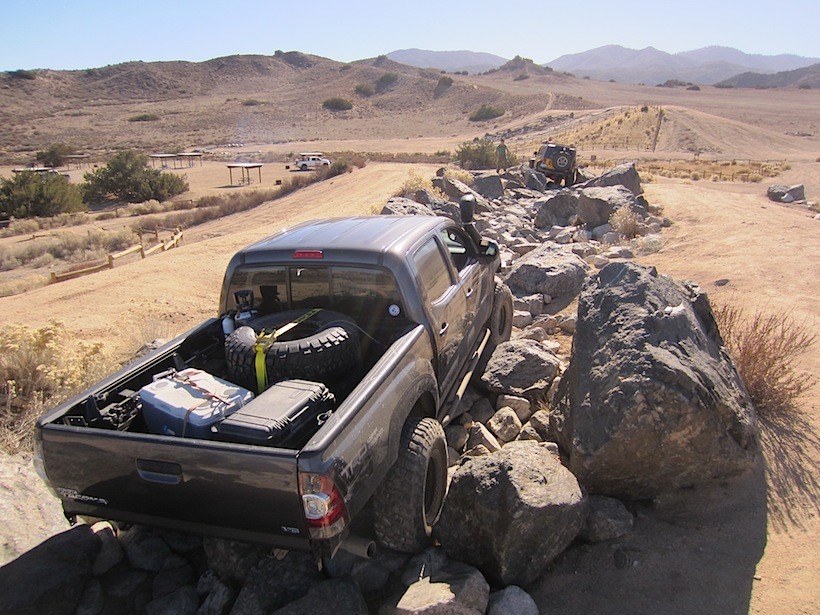
-Comply with all signs and barriers.
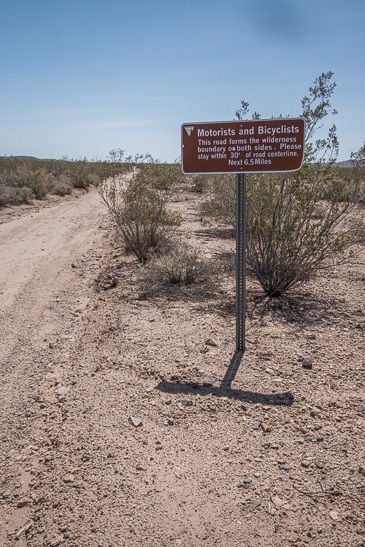
-Always travel in a group of two or more vehicles. Driving solo can leave you vulnerable if you have an accident or breakdown. Designate meeting areas in case of separation.
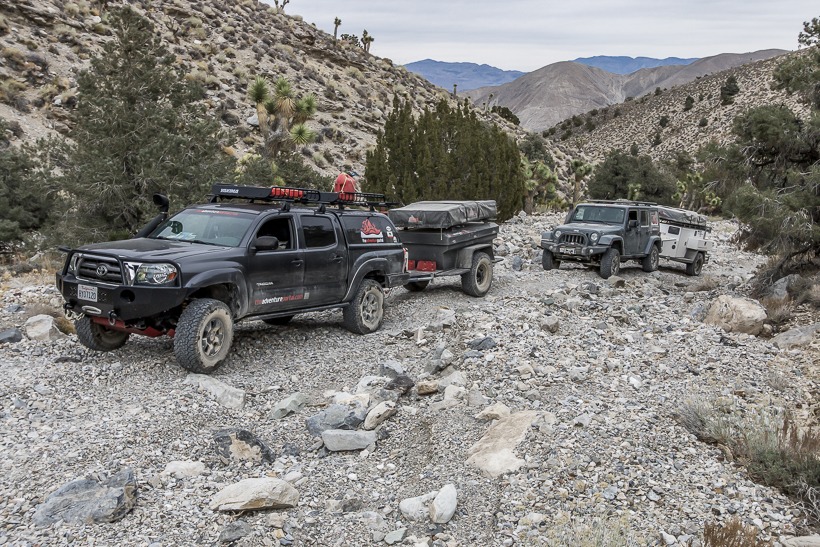
-Choose the appropriate winch for your vehicle size.
For trucks,take the gross vehicle weight rating (GVWR) and multiply it by 1.5. For example, if you’ve got a new Jeep Wrangler Rubicon two door. A quick visit to Jeep’s website shows the vehicle’s GVWR is right about 5,000 lbs. (2,268 kg). Multiply this by 1.5 and you’ll get your minimum capacity. In this case, it’s 7,500 lbs. (3,402 kg).
This info is provided by Warn Industries. For more in-depth info, check the link : www.warn.com/blog/2011/01/20/how_to_choose_the_right_winch.shtml
This information has been provided by TreadLightly! 4×4 Tips. Let’s respect the trail and everything we enjoy around it.







